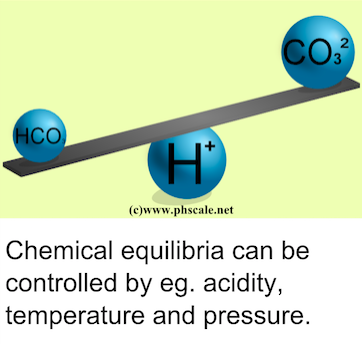Background
To quantify the effect of inter-ionic interactions, such as molecular attraction and repelling, one has to have a `parameter` describing themagnitude of these forces and how they alter the way certain calculation are done.
Topic:Equilibriums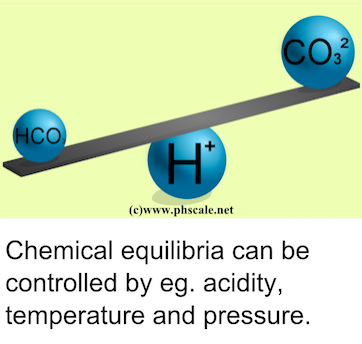 | The pH scale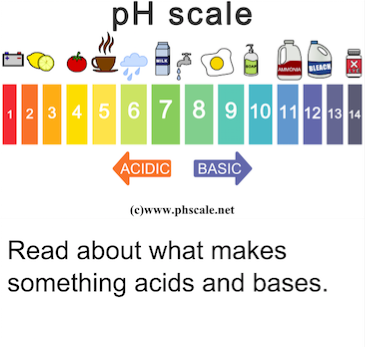 |
The ionic strength (I) of a solution is calculated from all theions `i` in the solution and as follow:
I = ½.∑ [i].z2
This equation states that ionic strength is calculated as the squared sum of the valence and concentration of all ions in the solution.
The concentration metric used is usually the molar concentration (mol/L), but the most accurate is actually to use the molal concentration (mol/kg).In most cases it is easier to use molarities and in most cases the difference is not that important.
Ionic strength is used to correct equations used in e.g. pH calculations and to get more accurate estimates of concentrations of ions and compounds inequilibriums.
Topic:pKa& Ka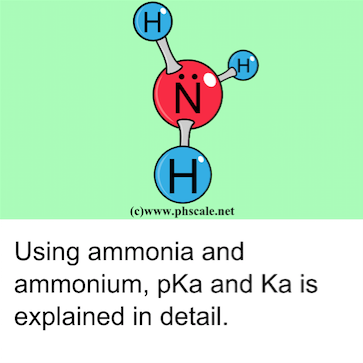 | The basics |
The relationship between the concentration [H+] and activity of e.g. the hydrogen ion {H+} is:
fH+.[H+] = {H+}
In this equation fH+is the individual activity of the H+ion and [H+] the concentration of the hydrogen ionand {H+} the activity of H+.
The calculation of fH+is relatively straightforward. It is however not entirely clear which formula should be used for the calculationof fH+, ionic strength etc. in solutions that are far from ideal, since there is no consensus about which equations are true underwhich circumstances.
Topic:Ideal Gas Law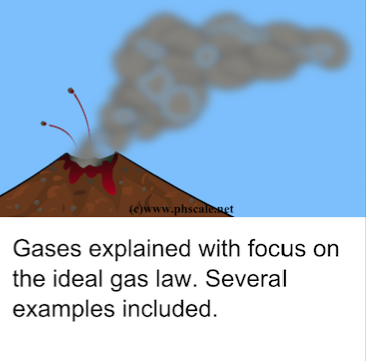 | Ionic Strength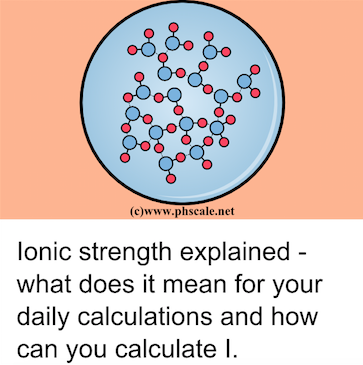 |
So if you are working with wastewater, or any biological system, you will have some trouble finding the right equation to use, and arhiing why you’ve pickedany equation for your calculations.
For this example I’ll assume that the Güntelberg equation for calculating individual ion activities can be used to describe the relationship between[H+] and {H+}.
The Güntelberg equation states that:
log10fH+=-0.51.z2.(√I / (1 + √I))
Let us in this example consider a 0.1 M solution of MgSO4 with a pH of 7, meaning that the activity of the H+ion or {H+} is10-7. We start by writing down the concentration of ions in the solution:
| Ion mol/L |
| Mg2+= 0.1 M |
| SO42+= 0.1 M |
| H+= 10-7M |
By using the equation for calculating ionic strength we get that I ≈ 0.40. In these types of calculations the concentration of [H+] initself is often discarded as it only accounts for a fraction of the total ionic strength.
If 0.40 is entered into the Güntelberg equation and the necessary rearrangements are done, fH+is calculated to approx 0.634 ora fH+of 10-6.80.
This value is used to calculate [H+] from {H+}.
Still the pH value is 7 as {H+} is 10-7as measured with a pH-meter. However, if the concentration of some compound in aequilibrium is calculated a value of [H+] of 10-6.80should be used.
Disclaimer
Ionization constants or dissociation constants used in equilibrium calculations also depend on ionic strength and should be recalculated as well. See ionicstrength and ionization constants.




